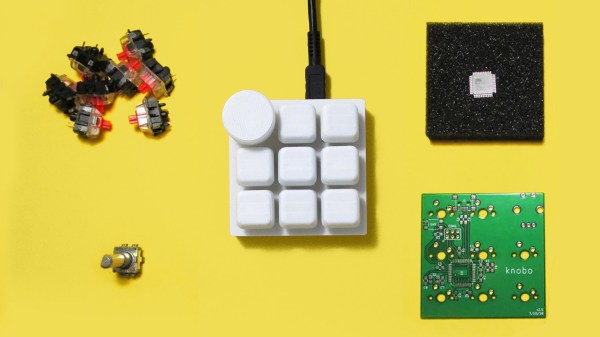The lightsaber is an iconic weapon from the Star Wars franchise, designed in all sorts of shapes and colors. Several fan-made versions have been built as well, quite a few of which use the almost ubiquitous neopixel. [Tirenoth] decided to build his first lightsaber using a series of neopixels, but decided on a unique build method.
Instead of the usual strip of neopixels, [Tirenoth] chose to use a bunch of neopixels in the 5mm LED form-factor. [Tirenoth] soldered each LED’s 5v pins and GND pins to the same pins on the next, rotating each LED 180 degrees, building a tower of pixels. The data in and out pins are soldered to the next (and previous) LED as well. This allows the series of LEDs to be a bit more stable physically, and allows them to be stacked close together, one on top of the other.
To control the neopixels, a Proffieboard is used, an open-source lightsaber controller. The Proffieboard uses an STM32 microcontroller and allows you to hook up LEDs or neopixels as well as a speaker. Its open-source software allows the animation of the pixels and the playing of sounds. It’s designed specifically for lightsaber builds and is programmed via the Arduino IDE.
[Tirenoth] has some nice pictures of the build in process and, of course some nice pics of the final result. He suggests that the blade would be the first to break in battle, though. There’s been a few lightsaber builds over the years, like this lightsaber with rave mode, or this lightsaber made with real lasers.
via Reddit.

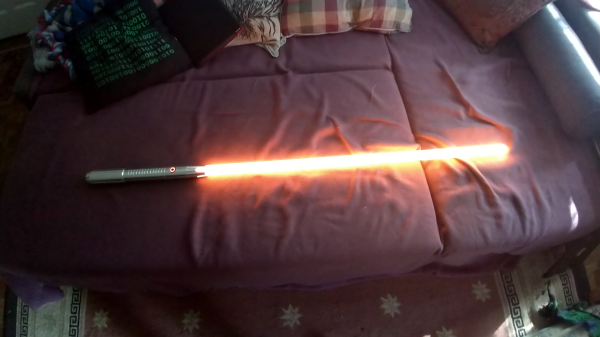
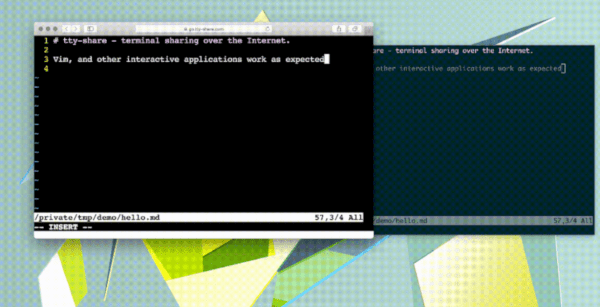

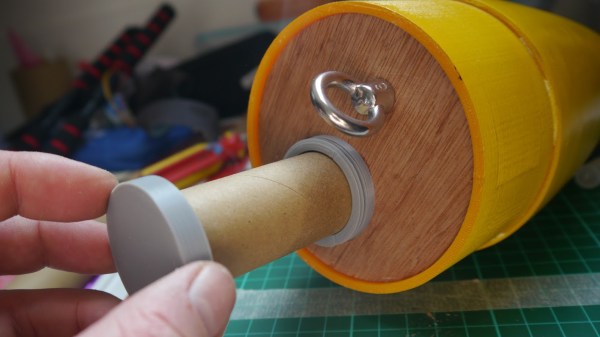
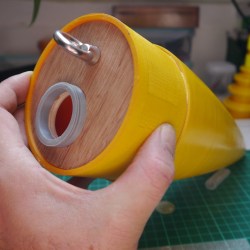 The payload container is a hollow tube with a 3D printed threaded adaptor attached to one end. Payload goes into the tube, and the tube inserts into a hole in the bulkhead, screwing down securely. The result is an easy way to send up something like a GPS tracker, possibly with a LoRa module attached to it. That combination is a popular one with high-altitude balloons, which, like rockets, also require people to retrieve them after not-entirely-predictable landings. LoRa wireless communications have very long range, but that doesn’t help if there’s an obstruction like a hill between you and the transmitter. In those cases,
The payload container is a hollow tube with a 3D printed threaded adaptor attached to one end. Payload goes into the tube, and the tube inserts into a hole in the bulkhead, screwing down securely. The result is an easy way to send up something like a GPS tracker, possibly with a LoRa module attached to it. That combination is a popular one with high-altitude balloons, which, like rockets, also require people to retrieve them after not-entirely-predictable landings. LoRa wireless communications have very long range, but that doesn’t help if there’s an obstruction like a hill between you and the transmitter. In those cases, 